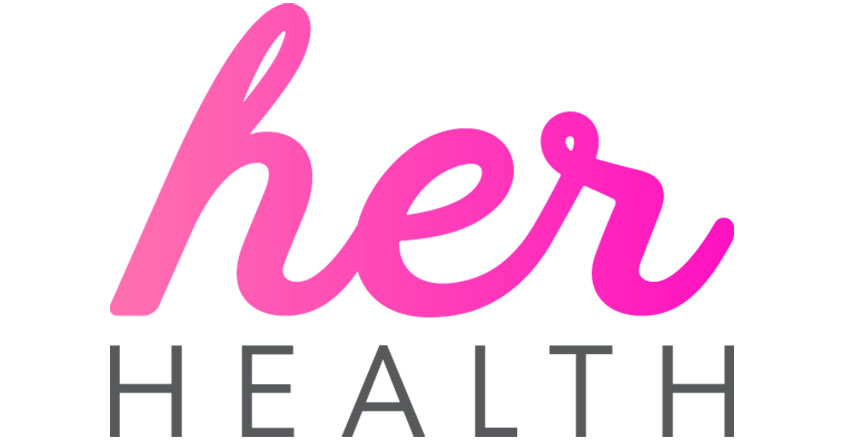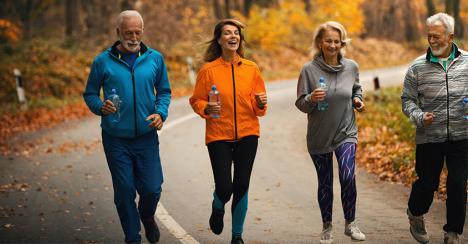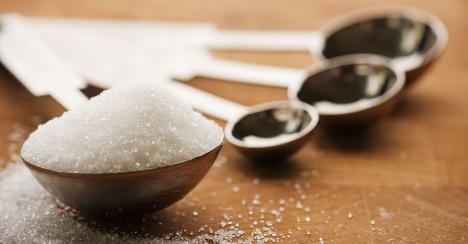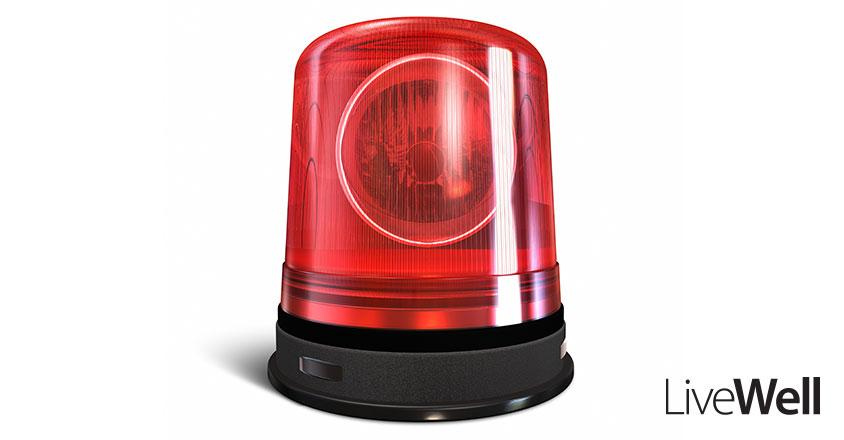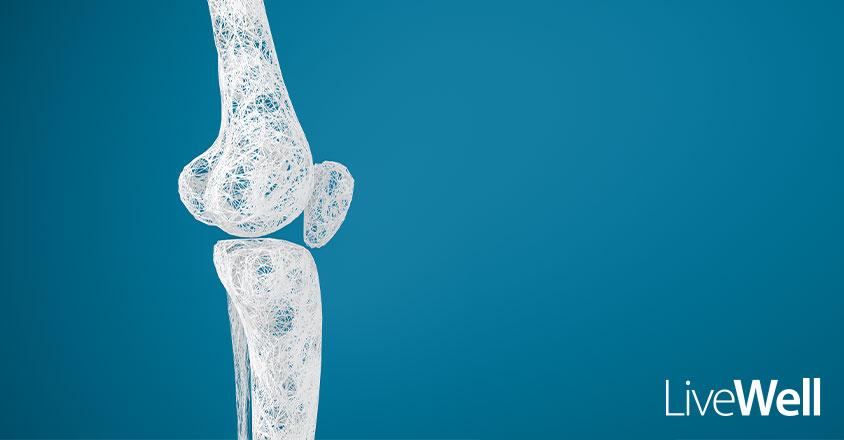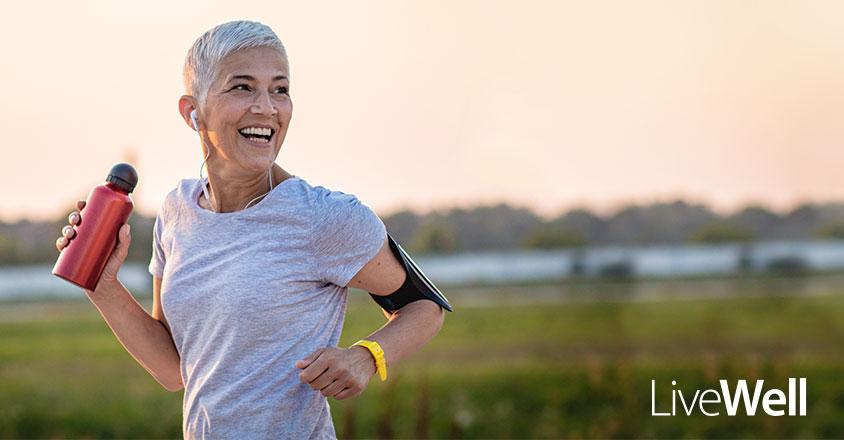Navigating the fall time change
As crisp autumn air returns and daylight becomes shorter, the time change can impact our overall
well-being. While gaining an extra hour of sleep is a bonus, the adjustment can disrupt our body’s internal clock.
We can proactively alleviate these concerns and embrace the seasonal shift as we set our clocks back one hour.
Time change impact
The end of daylight saving time is the first Sunday in November. According to the National Institute of General Medical Sciences, this change can affect our circadian rhythm, the natural internal process regulating the sleep-wake cycle.
Disruptions to this cycle can lead to:
Decreased energy levels.
Impaired cognitive function.
Mood changes.
Sleep disturbances.
Tips to navigate
1. Healthy sleep habits
Adjust your bedtime ahead of a time change to 15-20 minutes earlier, according to the Sleep Foundation.
Create a sleep-friendly environment by keeping bedrooms cool, dark and quiet.
Reduce exposure to electronics an hour before bedtime.
Maintain a consistent wake-up time to help regulate your internal clock.
2. Maximize light exposure
Spend time outdoors to reset your circadian rhythm and improve alertness.
Lack of sunlight contributes to lower amounts of vitamin D, according to the University of Texas Southwestern Medical Center. This is linked to sadness, depression and fatigue. Consider using a light therapy box if you have limited access to sunlight. This can be beneficial for those with seasonal affective disorder.
Aim for 30 minutes of moderate exercise five days a week to boost energy and improve sleep. Incorporate outdoor activities like hiking, biking, running or walking.
3. Mindful eating
Maintain a diet with fruits, vegetables, whole grains and lean proteins to support your overall health and energy levels.
Avoid consuming caffeine and alcohol too close to bedtime.
4. Mental health check
Incorporate deep breathing techniques, meditation or yoga to manage stress and anxiety.
If the time change significantly impacts your well-being, consider talking with a mental health professional.
Embrace a positive mindset
While the time change can pose challenges, it also presents opportunities to improve daily habits. Take a moment to prioritize your health, stay active and enjoy the new season. Minor adjustments can make a big difference in maintaining our physical and mental well-being.
Go to genesishcs.org for more wellness resources.
Ready to get healthy?
Sign up for our digital newsletters to receive health tips, recipes, success stories for inspiration and information about new doctors to help you on your journey to better health.
Genesis HealthCare System’s Health and Wellness content conveniently provides accurate and helpful information. Your health history and current health may impact suggestions provided through our Health and Wellness content. Although we hope this information is helpful, it is not a substitute for your doctor's medical advice. Before making any significant changes, please consult your doctor.
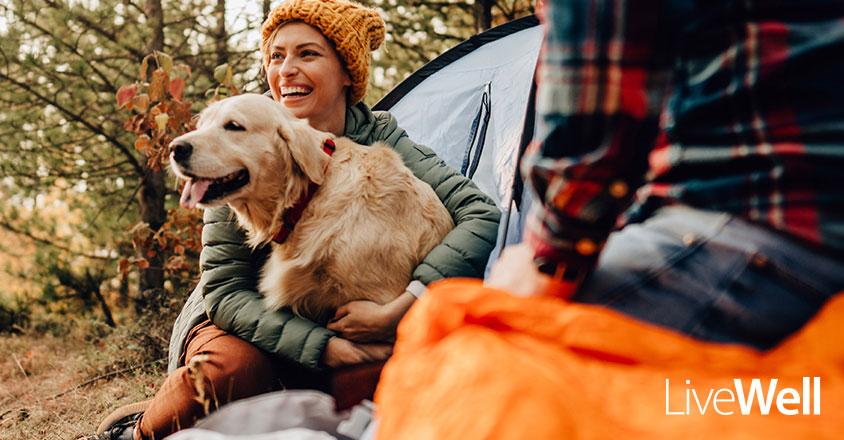
While gaining an extra hour of sleep is a bonus, the adjustment can disrupt our body’s internal clock.


